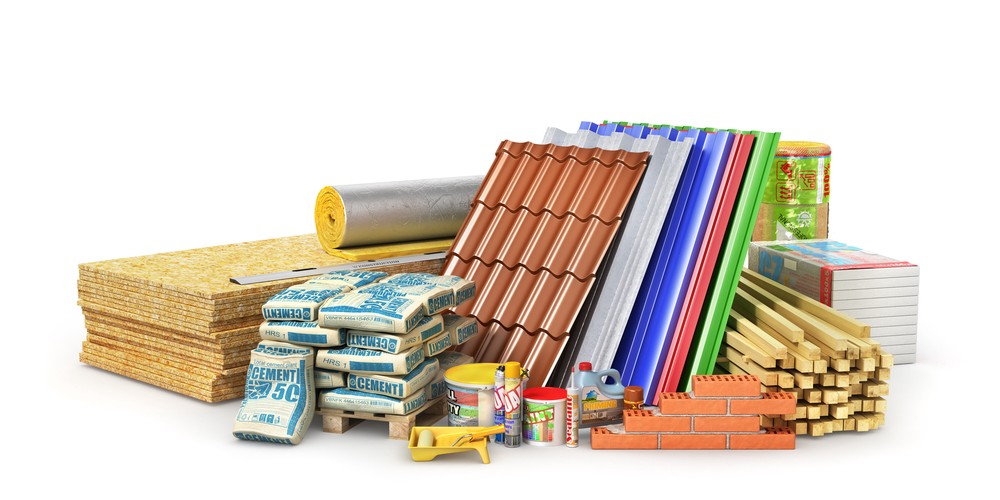Unlocking the Environmental Benefits of Recycled Compounds in Construction and Layout
In the world of construction and layout, the utilization of recycled compounds holds substantial guarantee for enhancing sustainability practices and reducing ecological influence. The change in the direction of a much more sustainable future in these industries hinges on opening the complete potential of recycled composites.

Environmental Impact Reduction
The reduction of environmental impact through using recycled compounds in building and construction and style plays a crucial duty in lasting techniques. By integrating recycled compounds right into structure products, the building market can substantially reduce its carbon footprint and add to an extra green future. These lasting products, made from repurposed plastics, timber fibers, or other recycled aspects, supply a practical choice to conventional building materials without jeopardizing on quality or longevity.
Recycled composites aid draw away waste from land fills and decrease the demand for drawing out basic materials, therefore conserving natural deposits. Furthermore, the production process of these composites typically consumes less energy and discharges less greenhouse gases contrasted to generating virgin products (composites). This change towards using recycled compounds not only lessens ecological damage but likewise advertises a round economic situation by encouraging the reuse of products that would certainly otherwise be thrown out
Waste Minimization
With a focus on lessening waste in building and layout, the integration of recycled compounds provides a lasting service to lower environmental effect. Waste reduction is an important element of sustainable methods, and using recycled composites provides a chance to achieve this objective effectively. By making use of products that have currently served their preliminary objective, such as recycled plastics or redeemed timber fibers, the construction and style markets can substantially reduce the amount of waste produced and sent out to landfills.
Recycled compounds have the potential to divert considerable amounts of waste from typical disposal approaches, contributing to a much more circular economy where resources are used efficiently. Furthermore, the manufacturing process of recycled composites frequently consumes less energy and generates less discharges compared to virgin products, further minimizing the ecological footprint of construction and style jobs.
Executing waste minimization strategies via the consolidation of recycled compounds not just helps in conserving natural deposits yet also promotes a more sustainable approach to structure and making for a greener future.
Power Conservation
Incorporating recycled composites not only lessens waste in building and layout yet additionally plays an essential duty in improving power conservation practices within the market. The usage of recycled composites in construction can dramatically contribute to power preservation with different methods. By promoting the usage of recycled composites in building and design, the industry can make substantial strides towards attaining energy performance and lowering its carbon footprint, ultimately adding to a from this source much more sustainable constructed setting.
Carbon Footprint Decrease
Enhancing sustainability methods with the usage of recycled compounds why not try here in building and layout significantly reduces the carbon impact of the industry. By integrating recycled materials into the production of compounds, the demand for virgin resources lowers, bring about reduced power intake and greenhouse gas emissions associated with typical production processes. This decrease in carbon footprint is crucial in combating climate modification and promoting a more eco-friendly strategy to building and construction and layout.
In addition, the usage of recycled composites also helps in drawing away waste from garbage dumps, thus minimizing the environmental effect of disposal and promoting a circular economic climate. The carbon impact decrease achieved via the fostering of recycled composites lines up with the worldwide press in the direction of sustainable methods and the decrease of commercial discharges. It showcases a dedication to accountable resource administration and a change towards greener options in the building and construction and design fields. Ultimately, by focusing on the integration of recycled composites, the market can make considerable strides in lowering its carbon impact and adding to a much more sustainable future.
Lasting Future
The combination of recycled composites in construction and style not only addresses immediate environmental issues however additionally lays a solid foundation for a lasting future in the market. By including recycled composites into building products and items, the construction and design sectors can dramatically minimize their reliance on virgin resources, leading to an extra circular economic situation. This shift towards sustainability is crucial for alleviating the ecological impact of typical building methods, which commonly result in high levels of waste generation and source exhaustion.

Final Thought
To conclude, recycled composites supply substantial environmental benefits in building and style by minimizing environmental effect, reducing waste, saving energy, lowering carbon impact, and advertising a sustainable future. Embracing making use of recycled composites can useful source add to a much more environmentally-friendly approach to building and design, inevitably causing a more lasting and greener future for all.
The decrease of environmental impact via the use of recycled composites in construction and design plays a crucial function in sustainable techniques.With an emphasis on decreasing waste in construction and design, the assimilation of recycled compounds provides a sustainable service to minimize environmental effect. By advertising the usage of recycled compounds in construction and style, the market can make considerable strides towards attaining energy effectiveness and lowering its carbon impact, inevitably contributing to a more sustainable built environment.

Comments on “Composites: Solid and Resilient Building Products”